The 8 inch screen mobile phone price is an essential consideration if you’re in the market for a large-display smartphone. With more screen real estate, these devices offer better video viewing, gaming, multitasking and reading experiences. In this article we will dive deep into what to expect regarding 8 inch screen mobile phone price, what influences it, how to evaluate your options, and how to pick the best large-screen phone for your needs.
Why Consider an 8 Inch Screen Mobile Phone?
Phones with an 8 inch display (or close to it) offer significantly more screen real-estate than typical 6-6.8 inch phones. That extra size can make a big difference for:
- Media consumption – watching videos, streaming, gaming.
- Multitasking / productivity – split-screen use, reading, browsing.
- Reading / web browsing – more content fits on screen, less scrolling.
- Better visibility – for users with weaker eyesight or who prefer large visuals.
Even though they may be slightly heavier or less pocket-friendly, the benefits for certain users are clear. If you’re reading this because you’re wondering about the 8 inch screen mobile phone price, keep in mind: bigger screen, often higher cost, but also higher value for certain tasks.
What Affects the 8 Inch Screen Mobile Phone Price?
Here are the key factors that influence how much you’ll pay for an 8 inch screen mobile phone:
Display Quality
- An 8 inch screen might be HD, Full HD (1080 p), or even higher resolution.
- Refresh rate (90 Hz, 120 Hz) and panel type (AMOLED vs LCD) matter.
- Higher quality screen = higher cost.
Build and Brand
- Established brands (Samsung, Apple, etc) often cost more.
- Premium materials (metal/ glass vs plastic) affect cost.
- Bigger screen size itself adds to manufacturing cost (larger glass, panel).
Internal Hardware & Features
- Processor (CPU/GPU), RAM, Storage: better specs = higher price.
- Connectivity: 5G, NFC, WiFi 6/6E etc add cost.
- Camera system and battery size also impact cost.
Market Region & Import Costs
- In Nigeria (or Africa generally), import duties, shipping and local margins raise the price.
- Availability matters: fewer models of true “8-inch phones” on global market → niche market → price premium.
Supply & Demand / Niche Factor
- Large-screen phones (8 inch) are less common. They are sometimes hybrids between phone and tablet (“phablets”).
- Less competition = fewer deals, sometimes higher pricing.
Typical Price Ranges Globally and in Nigeria
Global examples
- On wholesale sites: “8 inch mobile phone” listings show very broad price spans. One listing shows prices like US$168–175 for certain 8 inch devices.
- On eBay you’ll find some “8-inch phone” listings at US$139.99 or so.
- Because these are niche sizes, many are either lower-spec devices or re-branded imports.
What to expect in Nigeria (Ibadan / Oyo State)
- Add in import fees/shipping/local taxes.
- A device globally listed for US$170 might retail locally at NGN ~150,000-300,000 (depending on features, brand, currency rate) when converted and adding margins.
- Premium models (brand name, high specs) with 8-inch or similar display could be NGN ~400,000+ or more.
- If you find a good 8 inch screen mobile phone price in the range NGN ~100,000-200,000, it’s likely a budget/ lesser-known brand or used/imported model.
- Always check the full cost: duty, warranty, import legitimacy.
Key Specifications to Check Before Buying
When reviewing options (and comparing the 8 inch screen mobile phone price), make sure you evaluate specs beyond just screen size:
Screen & Display
- Size: Confirm it’s ~8 inch, not 6.8 or 7.2 (sometimes marketed loosely).
- Resolution: Aim for 1080p or higher for clarity.
- Panel type: AMOLED preferred, LCD acceptable depending on budget.
- Refresh rate: 90Hz or 120Hz if you want smooth UI.
- Aspect ratio: Some big phones get wide screens that can feel odd.
Processor, RAM & Storage
- Processor: newer generation = better performance.
- RAM: At least 6-8 GB for smooth big-screen experience; 12+ GB ideal for heavy usage.
- Storage: Minimum 128 GB recommended if you’ll use the large screen for media.
- Expandable storage: beneficial.
Battery & Charging
- Large screen eats more battery; aim for large battery (5000mAh+ ideally).
- Charging: Fast charging (30W, 45W or more) is a plus.
- Port type: USB-C is standard now.
Cameras & Extras
- Main camera: 48MP or higher is good for large-screen usage.
- Front camera: useful if you’ll stream or video-call on big screen.
- Connectivity: 5G, WiFi 6/6E, NFC if you need advanced features.
- Build: water/dust resistance, sturdiness especially for larger phones.
Phone Size & Usability
- With 8 inch screen you’ll likely have a larger body: weight and grip matter.
- Check how comfortable it is to hold/operate with one hand.
- Check pocket-fit and portability.
Where to Buy and What to Watch Out For
Where to buy
- Local online retailers operating in Nigeria.
- International platforms (Amazon, eBay) but factor import costs/duties.
- Brand official stores or trusted resellers.
What to watch out for
- Warranty: International warranty may not apply locally.
- Authenticity: Large-screen phones may be re-branded or grey-market.
- After-sales support: Big phones may require special cases or may be less common locally.
- Hidden costs: Import duty, shipping, currency fluctuations, local taxes.
- Battery/weight: Larger screen often means larger device and battery drain—check practicality.
- Resale value: Niche size may reduce resale demand.
Pros & Cons of the 8 Inch Screen Size
Pros
- Immersive viewing and reading experience.
- Great for media, multitasking, productivity.
- Possibly better battery life (if large battery) despite big screen.
- Unique form-factor can stand out from the standard phone crowd.
Cons
- Larger and heavier device may be less pocket-friendly.
- One-hand operation may be difficult.
- Limited model choices less competition, fewer accessories.
- Higher price for same brand/spec as smaller phones.
- Some may prefer a tablet instead of an oversized phone.
How to Get the Best Value Deal
Here are tips to ensure you get the best “8 inch screen mobile phone price” for your budget:
- Set budget: decide how much you’re willing to spend and what specs you value most.
- Compare models: look at similar screen size models from lesser-known brands as well as mainstream.
- Check currency: if importing check current USD/NGN exchange and extra costs.
- Look for deals/promotions: launch offers, trade-ins, cashback.
- Buy from trusted seller: ensure authenticity and warranty support.
- Consider older generation: previous year models often drop in price but still deliver large screen size.
- Check return policy: large devices are more prone to shipping damage or fit-issues.
- Evaluate total cost of ownership: accessories, case, repairs matter especially for large devices.
What’s new
-
Foldable devices with ~8-inch displays are gaining more traction. For example, the Samsung Galaxy Z Fold 7 was announced with an expanded ~8-inch main display when unfolded.
-
This means if you’re looking for “8-inch screen” class devices, many will be foldables rather than traditional big slab phones.
-
These devices come with premium pricing though.
-
-
Industrial/enterprise 8-inch screen Android devices some manufacturers list 8-inch screen “phones” (or phone-tablet hybrids) aimed at niche uses (fixed wireless, desktop-phone replacement) with very low pricing (USD ~$78–198) in bulk.
-
But note: these are often lower spec, niche use devices, not high-end consumer smartphones.
-
-
Price volatility & niche nature revealed: A listing shows “8-inch screen mobile phones” with widely varying prices some very low (budget units) up to very high (foldables) in the US market.
-
This confirms there’s no “standard” price for this size; the feature set drives cost heavily.
-
-
Lack of many mainstream big flat 8-inch slab phones: Most regular phones (non-foldables) are still in the 6-7 inch class. Devices around 8 inch tend to be foldables or tablets/phone hybrids. For example, a “best big phones” list mentions 6.9 inch as large in 2025.
-
Implication: If you strictly want a “flat” 8-inch phone (non-foldable), your choices may be limited.
-
What it means for you & the “8 inch screen mobile phone price”
-
Expect higher prices if you go for a premium foldable device in the 8-inch (or near) range.
-
Given the Samsung example, very high end = premium cost.
-
-
Budget options exist, but with trade-offs: lower specs, lesser known brands, maybe weaker support.
-
In Nigeria / import market, you’ll need to factor in: import duties, shipping, warranty/support, currency fluctuation so “8 inch screen mobile phone price” will vary widely.
-
Be clear about what “8 inch screen” means: Are you looking for 8 inch when unfolded (foldable)? Or a straight 8 inch slab phone? That affects price drastically.
-
Look at full spec & value rather than just screen size. A big screen is good, but if specs/camera/battery are weak, you may end up disappointed.
Recommendation
If you’re still interested in the “8 inch screen mobile phone price” topic, I can:
-
Check specific current models globally that claim ~8 inch screen, and get their local Nigerian (or West Africa) price approximations.
-
Compare value-for-money (specs vs price) for these models.
-
Highlight which are worth buying now vs which you might wait on (because price may drop soon or newer models coming).
Conclusion
In summary, the 8 inch screen mobile phone price is higher than typical smartphone models due to the larger display and often niche nature of the product. However, if you value a big screen for media, productivity or reading, the extra cost can be justified. Be sure to evaluate specs, check import and local costs (especially in Nigeria), and compare value rather than just price. With careful research you can find a model that offers the large display you want without overpaying.
Also Read: Tecno K7 Price in Nigeria (2025): Full Review, Specs, and Where to Buy
FAQs
Q1: Are 8 inch screen mobile phones common?
A1: Not as common as 6–7 inch phones. The 8 inch size often falls into a “phablet” or mini-tablet category, so model choices are fewer and prices can vary widely.
Q2: Is it wise to buy an 8 inch screen phone in Nigeria?
A2: Yes, if you’ll make full use of the screen size (media, reading, multitask). But factor in higher import/markup cost, ensure local support and comfortable size/weight for your usage.
Q3: Will a larger screen degrade battery life?
A3: A larger screen can consume more power, but many large-screen phones compensate with bigger batteries and power-efficient hardware. Check battery size, optimization and user reviews rather than assuming worse battery life.
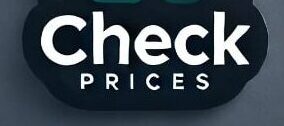
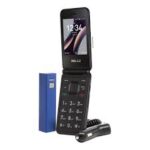
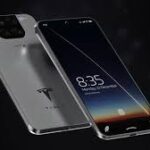
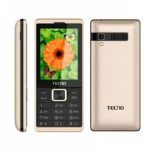
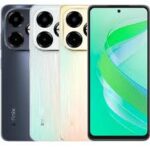
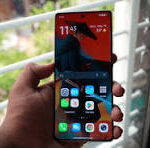
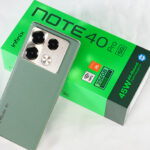
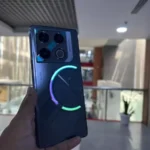
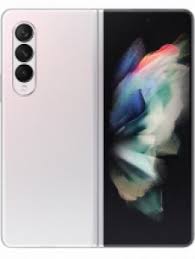
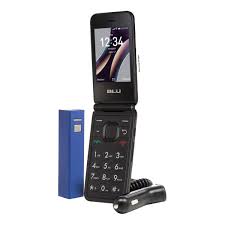
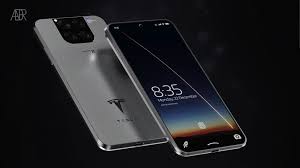
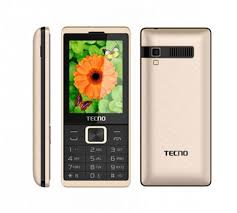
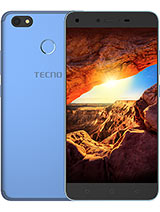
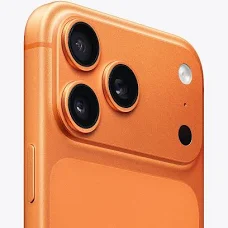
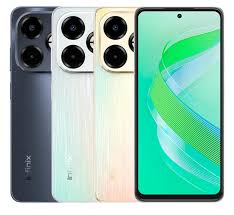
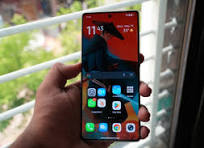
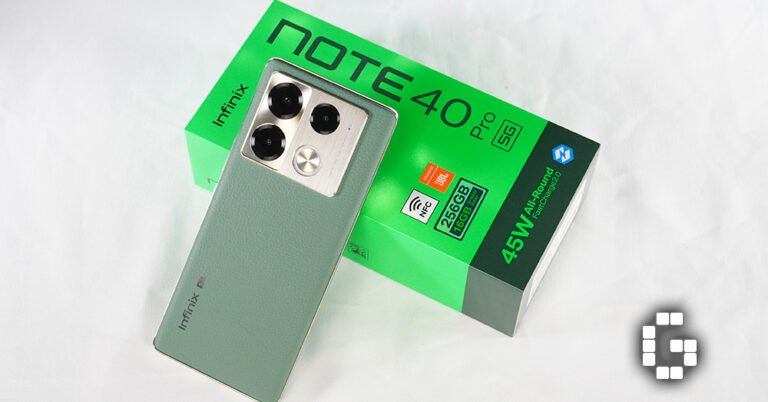
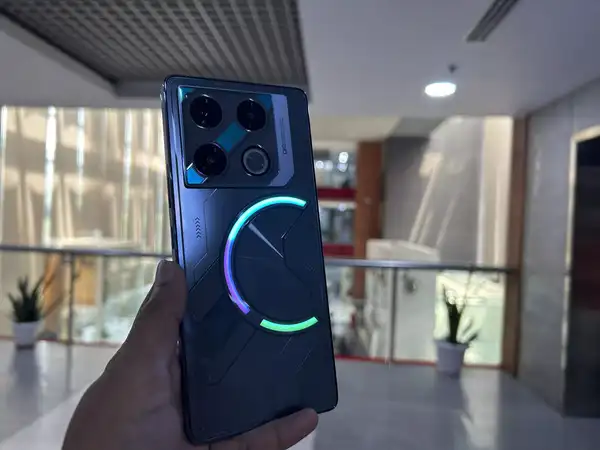
+ There are no comments
Add yours